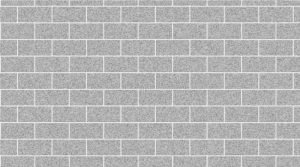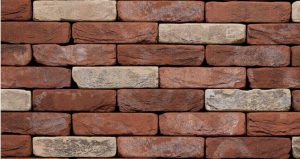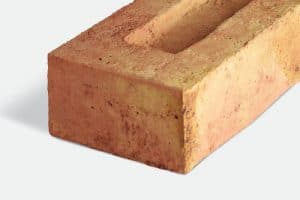Brick wall texture – Its 10 Types of Textures and Advantages
The brick wall texture is based on typical 8in x 3in x 4in (deep) may vary in different countries and regions and are in red, tan, whitewashed, yellow and blue-grey forms.
To add architectural contrast sections to the basic red brick building tan and blue-grey can be used and the pattern of the bricks texture is an older style and not used these days because the plastic ties and wire are used to link inner and outer cavity walls.

Brick has a long and old history of reliable structural performance because brick is energy efficient, low maintenance, waterproof, creative and colourful, and has different styles and designs and investments for life. To build a stylish and good-looking home or building brick is one of the best materials and it also gives good strength and stability to the building.
All the bricks are available in many textures such as smooth, light and heavy textured, stock and tumbled, etc. The texture is important as colour in some circumstances and the light is reflected off to the brick surface. As we know brick is made up of sand, silt and clay and the brick design are made by the proper method so it looks perfect as a texture.
Types Of Brick Wall Texture:
There are following types of brick wall texture:
Smooth Textured Brick:
A modern smooth finish brick is a wire cut and smooth sand-faced finish that is consistent and uniform in character. Before firing and to smooth brick sands add light texture sand faced finish blasts a coating of sand onto the column of clay.

Sand Faced Texture Brick:
Before being fired in the kilns sand faced textured brick is where the coating of sand is sprayed onto a smooth surface so that’s why it is called sand-faced texture brick.

Wire cut Brick:
In the UK the most commonly manufactured brick is wire-cut brick and before being fired in the kilns each brick is individually cut and the brick has a uniform size and sharp edges.

Light Texture Bricks:
Light texture brick is the most commonly a smooth texture or sand face textured brick which has a light texture finish added to the face and is a wire-cut brick using a variety of blades or rollers. The texture can be made by using blades or rollers to create a drag faced look.

Heavy Textured Brick:
To create rough texture look heavy textured brick uses slop clay, slop clay is a liquid clay solution onto a wire-cut brick before firing to give the face a rough finish.

Tumbled Brick:
Tumbled bricks are more irregular in shape and a more cost-effective way of achieving the reclaimed look and this texture is achieved by simply tumbling wire-cut brick in a large cylinder during manufacturing to create an irregular-looking brick.

Stock Bricks:
Stock brick has a more irregular shape and texture and looks like a typical brick and is a handmade texture. To create a premium-looking brick the manufacturing process is labour-intensive and these bricks are used over a hundred years ago.
Soft clay clots are thrown into a mould called stock and excess clay is struck off from top of mold and bricks are fired.

Reclaimed Brick:
This brick is recycled from a previous wall or building and each brick is cleaned and dismantled.
Cut And Bounded Brick:
These bricks are used where time is of the essence and this process takes two or three brick units and cutting them into special shapes and bonding them.
Imperial Size & Special Shape Bricks:
The imperial size brick is a larger brick at 73 or 75mm.
To all facing bricks, special shaped bricks are accessories and are used to give an angle or finish to the wall.
There are many other types of bricks used as texture such as; handmade bricks, engineering bricks, common bricks, facing and air bricks, etc.
Advantages Of Bricks Texture:
Different sizes and shapes give a different texture.
- Hard and durable.
- Good compressive strength.
- Highly fire resistant.
- Economical.
- Low maintenance cost.
- Recyclable. Reusable.
Disadvantages Of Brick Texture:
- Time-consuming in construction.
- Can’t use in a high seismic zone.
- Less tensile strength.
- The rough surface may cause mold growth.
- The cleaning of the brick surface is hard.
- When exposed to the sun for a long period of time colour changes.
Read Also:
We Love Cricket